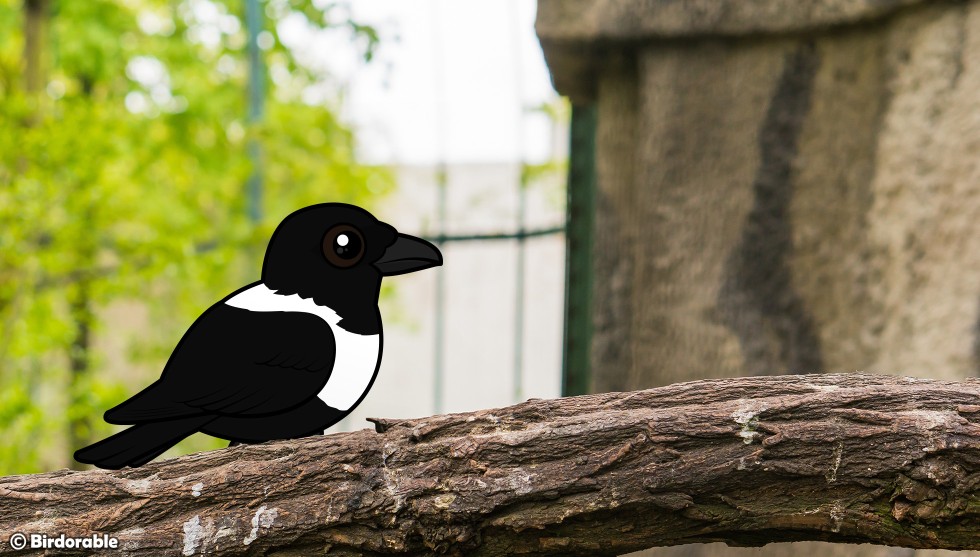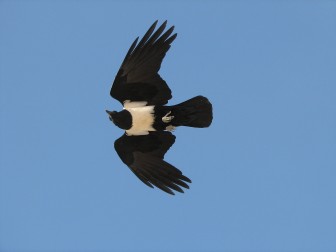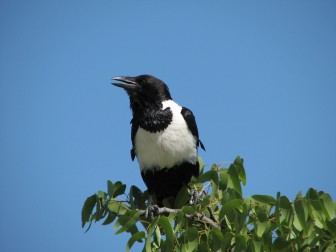Species Profile
The Pied Crow: A Striking and Clever African Corvid

The Pied Crow is a fascinating and adaptable bird native to sub-Saharan Africa and Madagascar. With its striking black-and-white plumage and intelligent behavior, this bird is one of the most recognizable members of the crow family. Whether you're interested in corvids for their smarts or their striking appearance, the Pied Crow is sure to capture your attention.
The Pied Crow is a medium-sized bird, with a body length of about 18 to 20 inches. Its name comes from its distinctive coloration: a glossy black head, wings, and tail, contrasted with a bright white chest and belly. This stark contrast makes the Pied Crow easy to identify, even from a distance. In fact, its name "pied" refers to this black-and-white pattern, similar to the term used to describe other animals with similar markings, like the Pied Kingfisher.

Pied Crow by Nigel Hoult (CC BY 2.0)
These birds are highly intelligent, a trait common among members of the corvid family, which includes crows, ravens, and magpies. Pied Crows are known for their problem-solving skills, use of tools, and ability to learn from observing others. In the wild, they have been observed dropping rocks onto ostrich eggs to break them. They also follow bush fires to capture insects trying to escape the flames. That's pretty smart! Their intelligence also makes them highly adaptable, allowing them to thrive in a variety of environments.
Pied Crows are opportunistic feeders, meaning they will eat almost anything they can find. Their diet includes insects, small mammals, other birds, carrion, and fruits and seeds. In urban areas, they are often seen scavenging for scraps, around garbage dumps, and can become quite bold around humans. This adaptability in their diet contributes to their success in different habitats, from savannas and open woodlands to cities and towns.
Socially, Pied Crows are quite gregarious, often seen in pairs or small groups. They are known for their loud, cawing calls, which they use to communicate with each other. These calls can be heard throughout the day as the birds interact, defend their territory, or signal the presence of food.

Pied Crow by Alastair Rae (CC BY-SA 2.0)
When it comes to nesting, Pied Crows are just as resourceful as they are in their feeding habits. They typically build large, sturdy nests out of sticks and other materials, placing them in trees, on power poles, or even on buildings. The female lays a clutch of three to six eggs, which both parents incubate for about three weeks. Both parents take turns feeding the chicks, which fledge about a month after hatching.
The Pied Crow is not just a common bird in its range; it also plays a significant role in the local ecosystems. By scavenging carrion, these crows help clean up the environment, and by preying on insects and small animals, they help control those populations. However, in some areas, they are considered pests, particularly when they target crops or raid other birds' nests.
The intelligence, adaptability, and striking appearance of Pied Crows make them one of the most interesting birds in Africa. Whether you're a birder, a nature lover, or just someone who appreciates clever animals, the Pied Crow is a bird worth learning about.













Comments
Leave a comment
Thank you!